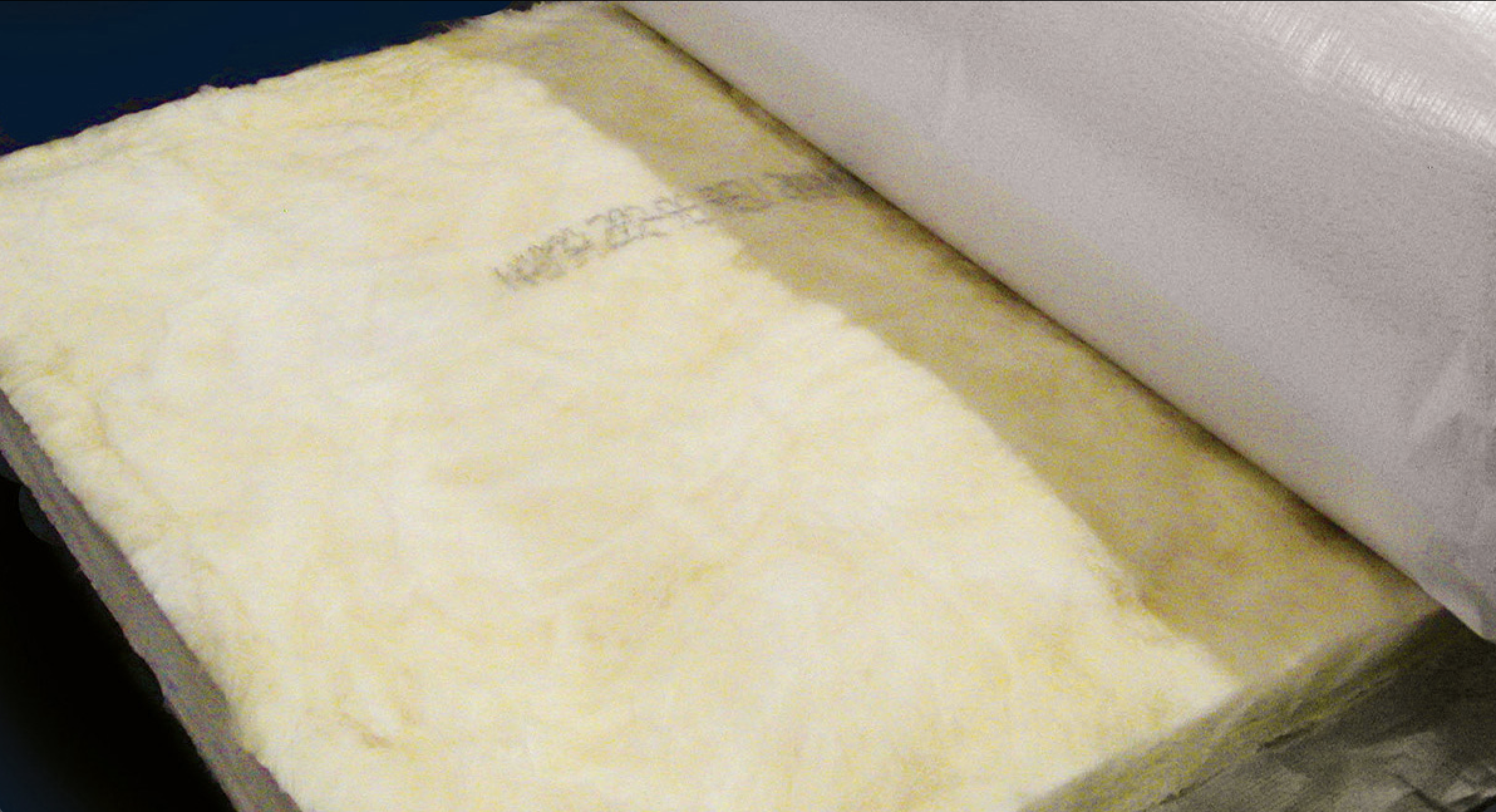For decades, fiberglass metal building insulation has stood as a cornerstone in the construction industry, offering a reliable solution for thermal and acoustic insulation in buildings. Despite its widespread use and numerous advantages, fiberglass insulation is not impervious to wear and tear. Various factors can compromise its structural integrity, leading to a decline in effectiveness and potential long-term repercussions. In this article, we will delve into the intricacies of the elements that can jeopardize fiberglass insulation, examining both external and internal contributors to its degradation.
Moisture Infiltration
Moisture stands as a formidable adversary to fiberglass metal building insulation. The material’s vulnerability to water damage poses significant challenges, as infiltrating moisture can trigger a cascade of problems. Not only does water diminish the insulation’s thermal resistance, but it also creates a breeding ground for mold and mildew. As moisture permeates the insulation layers, it undermines the fibers’ structural integrity, diminishing their capacity to trap air and provide effective insulation.
Preventing moisture infiltration necessitates adherence to meticulous installation practices and addressing any leaks or potential water entry points in the building envelope. While vapor barriers are often deployed alongside fiberglass insulation to counteract moisture impact, even these protective measures can succumb to wear and tear over time.
Compression and Settling
The loft and fluffiness of fiberglass metal building insulation are integral to its ability to create air pockets that trap heat. However, the passage of time can usher in compression and settling, leading to a reduction in thickness and, consequently, a decline in insulating properties. Factors such as improper installation, the burden of excessive weight from stored items in attics, or even regular foot traffic in insulated areas contribute to this compression.
Vigilant maintenance and periodic inspections are imperative to promptly identify and address compression issues. Additionally, ensuring proper ventilation in attics and crawl spaces becomes crucial to mitigate the effects of compression by averting excessive heat buildup.
Pests and Rodents
Fiberglass metal building insulation becomes a prime target for pests and rodents seeking shelter and nesting material. The activities of rats, mice, insects, and other unwelcome inhabitants can lead to damage, including tearing apart the insulation, compressing it, or contaminating it with waste. Beyond compromising the insulation’s efficacy, these activities pose health risks due to the potential dissemination of allergens and contaminants.
Implementing comprehensive pest control measures and sealing potential entry points emerge as essential strategies to mitigate the risk of infestations. Regular inspections play a pivotal role in detecting signs of pest activity, enabling timely interventions to prevent further damage.
UV Radiation
Exposure to ultraviolet (UV) radiation, particularly in areas like attics and crawl spaces, can gradually degrade the surface of fiberglass insulation over time. While insulation within walls and ceilings is generally shielded from direct sunlight, those exposed spaces may become susceptible to UV exposure. The ensuing breakdown of the insulation’s surface leads to a loss of structural integrity and diminished thermal performance.
Mitigating the impact of UV radiation involves the installation of radiant barriers or reflective coatings in areas exposed to sunlight. Moreover, ensuring proper ventilation in these spaces helps dissipate heat, minimizing the potential for degradation.
Fiberglass metal building insulation, despite its widespread use for its cost-effectiveness and thermal performance, faces vulnerability to various damaging factors. Moisture infiltration, compression and settling, pest infestations, and UV radiation emerge as key challenges. To maximize the longevity and effectiveness of fiberglass insulation, a commitment to proper installation practices, regular inspections, and prompt issue resolution is imperative. Through a comprehensive understanding and proactive mitigation of these damaging factors, builders and homeowners can ensure that their insulation sustains optimal thermal and acoustic performance throughout the life of the structure.

